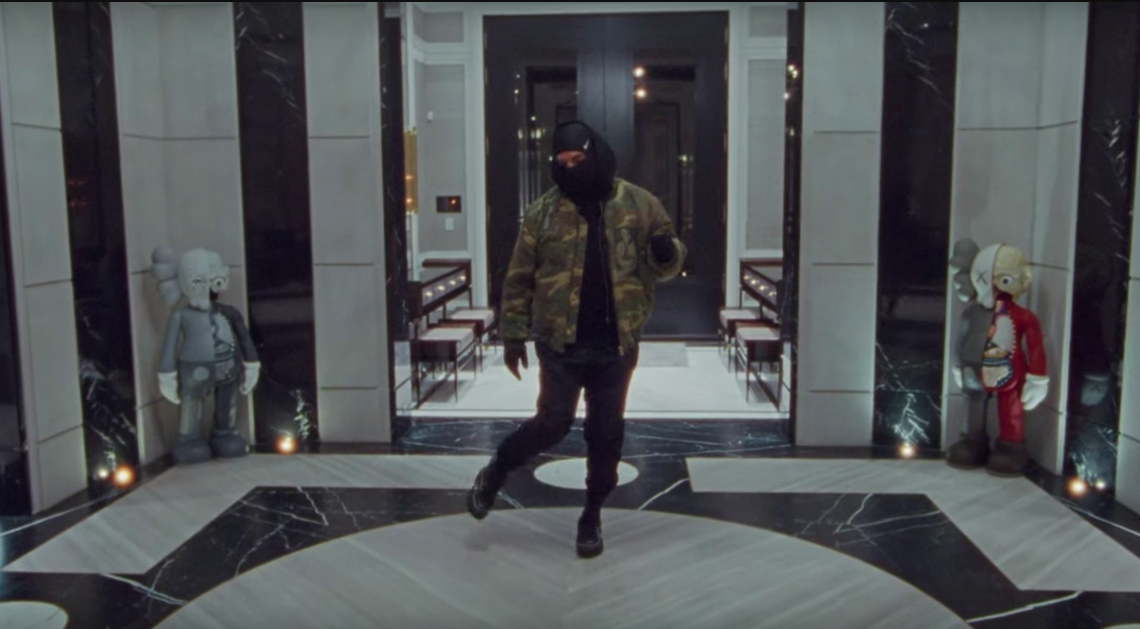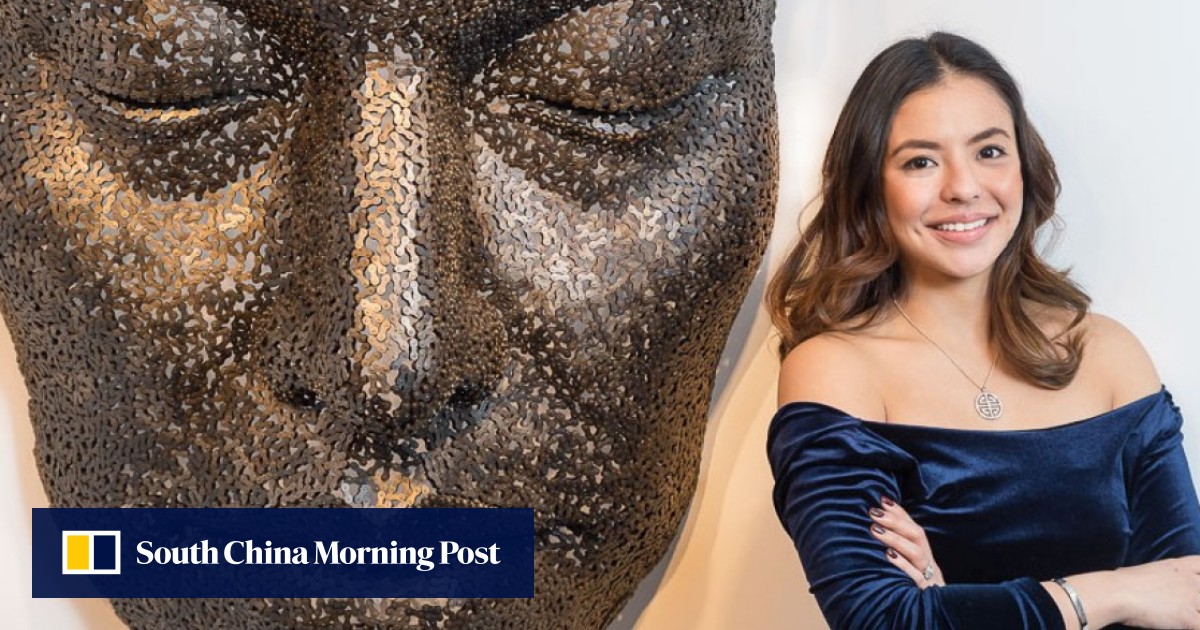One Two Three Four
2008 - Film & Video (Film & Video)
Zhou Tao
Created for the Seventh Shanghai Biennale at the Shanghai Art Museum, Zhou Tao’s 1,2,3,4 records morning staff meetings in over forty shops and companies in the immediate vicinity of the People’s Square. Regardless of occupation, the employees count off and move in step to the rhythms of their companies’ corporate songs or chants, which are meant to build team spirit and corporate loyalty. Zhou’s practice alchemizes the ordinary surroundings into a theatre where his camera is not simply a recording apparatus but an extension of existence. The images it produces are not just detached spectacles: They are the agents that reveal the theatrical details suffused in mundane life.
Artist Zhou Tao has a diverse and varied practice, and notably, he denies the existence of any singular or real narrative or space. Depicting subtle and often humorous interactions with people, things, actions, and situations, Zhou is known for his films that invite us to experience the multiple trajectories of reality; what he calls the “folding scenario” or the “zone with folds.” For him, the use of video is not a deliberate choice of artistic language or medium, instead the operation of the camera is a way of being that blends itself with everyday life. In his work, Zhou connects seemingly disparate milieus, turning his attention to often ignored sites that exist on the threshold between the natural and the artificial. The visual narratives merge different spatial constructs such as landscapes, the metropolis, construction sites, parks, public squares, and wastelands.
Colors:
Other related works, blended automatically
» see more
Related works sharing similar palette
» see more

© » KADIST
Sabelo Mlangeni
2019The Royal House of Allure is a name of a safe house on mainland Lagos where members of the queer community in need of boarding, due to various circumstances, live together...

© » 1854 PHOTOGRAPHY
Profit, power and TV personalities: Photographing the community in conflict with Trump - 1854 Photography Subscribe latest Agenda Bookshelf Projects Industry Insights magazine Explore ANY ANSWERS FINE ART IN THE STUDIO PARENTHOOD ART & ACTIVISM FOR THE RECORD LANDSCAPE PICTURE THIS CREATIVE BRIEF GENDER & SEXUALITY MIXED MEDIA POWER & EMPOWERMENT DOCUMENTARY HOME & BELONGING ON LOCATION PORTRAITURE DECADE OF CHANGE HUMANITY & TECHNOLOGY OPINION THEN & NOW Explore Stories latest agenda bookshelf projects theme in focus industry insights magazine ANY ANSWERS FINE ART IN THE STUDIO PARENTHOOD ART & ACTIVISM FOR THE RECORD LANDSCAPE PICTURE THIS CREATIVE BRIEF GENDER & SEXUALITY MIXED MEDIA POWER & EMPOWERMENT DOCUMENTARY HOME & BELONGING ON LOCATION PORTRAITURE DECADE OF CHANGE HUMANITY & TECHNOLOGY OPINION THEN & NOW Construction and damming of Blairton Burn causing course to collapse between third green and fourth tee; January 2013...
Other works by: » Zhou Tao
» see more
Related artist(s) to: Zhou Tao » Liu Ding, » Wang Wei, » Armin Linke, » Cao Fei, » Chu Yun, » Duan Jianyu, » Kan Xuan, » Liu Wei, » Mariana Castillo Deball, » Pak Sheung Chuen
» see more

© » KADIST
Mariana Castillo Deball
2015Taking archaeology as her departure point to examine the trajectories of replicated and displaced objects, “Who will measure the space, who will tell me the time?” was produced in Oaxaca for her exhibition of the same title at the Contemporary Museum of Oaxaca (MACO) in 2015...

© » KADIST
Pak Sheung Chuen
2017The series Nightmare Wallpapers represents a shift if Chuen’s practice, allowing the artist to immerse himself in an “artistic pilgrimage of self healing” following the failure of the 2014 Umbrella Movement...
Related works found in the same semantic group
» see more

© » KADIST
Phillip Maisel
2015While his works can function as abstract, they are very much rooted in physicality and the possibilities that are inherent in the materials themselves...











